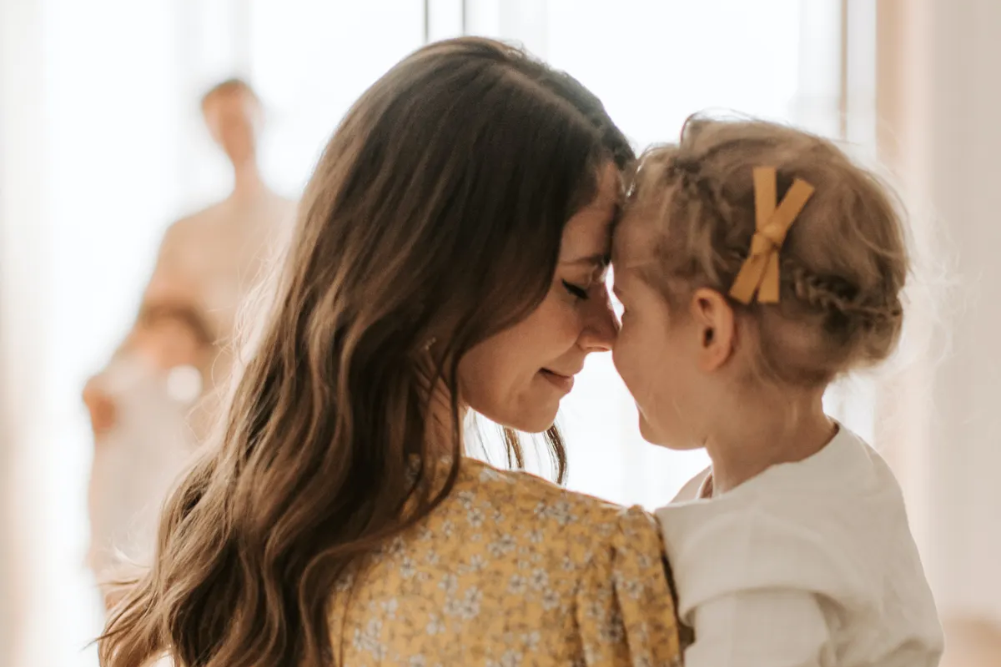Tears of joy
You expect to cry when something sad happens. We correlate tears with sadness and find no anomaly in the two occurring together yet, although it happens quite frequently, tears and happiness don’t immediately go together in our psyche. When happy we expect to laugh and smile, maybe even giggle, but in fact there are many occasions when we are actually so happy with we cry. In a new paper researchers have outlined why this may be so.
Although we don’t readily associate tears with positive emotions, the two actually coincide quite a lot. People will cry when they reunite with a loved one, muscle-bound footballers will break down in tears when the full-time whistle sounds and they have won the championship, onlookers will tear up at a wedding even when they want the couple to be together, relatives will cry as they greet a new-born baby and fans will weep as their rock idol walks on stage at a concert. Equally, there are times when negative emotions can provoke positive reactions, such as when we are so nervous that we laugh. So what is going on here?
To study this, Yale University researchers exposed people to scenarios like those mentioned above and measured their responses to everything from cute babies to happy reunions. Their testing found that people who express negative emotions in response to positive news were able to moderate intense emotions more quickly. They also found that people who cry at a reunion are also more likely to want to pinch a cute baby’s cheeks.
So people who have a tendency to express negative emotions at positive news tend to do this all the time. The findings suggest that these people are actually able to deal more effectively with their emotions, leading the researchers to conclude that tears of joy, as an example, are actually a mechanism to restore emotional equilibrium when emotions are intense.
Embrace those tears; they aren’t just tears of joy, they are liquid emotional balance.







